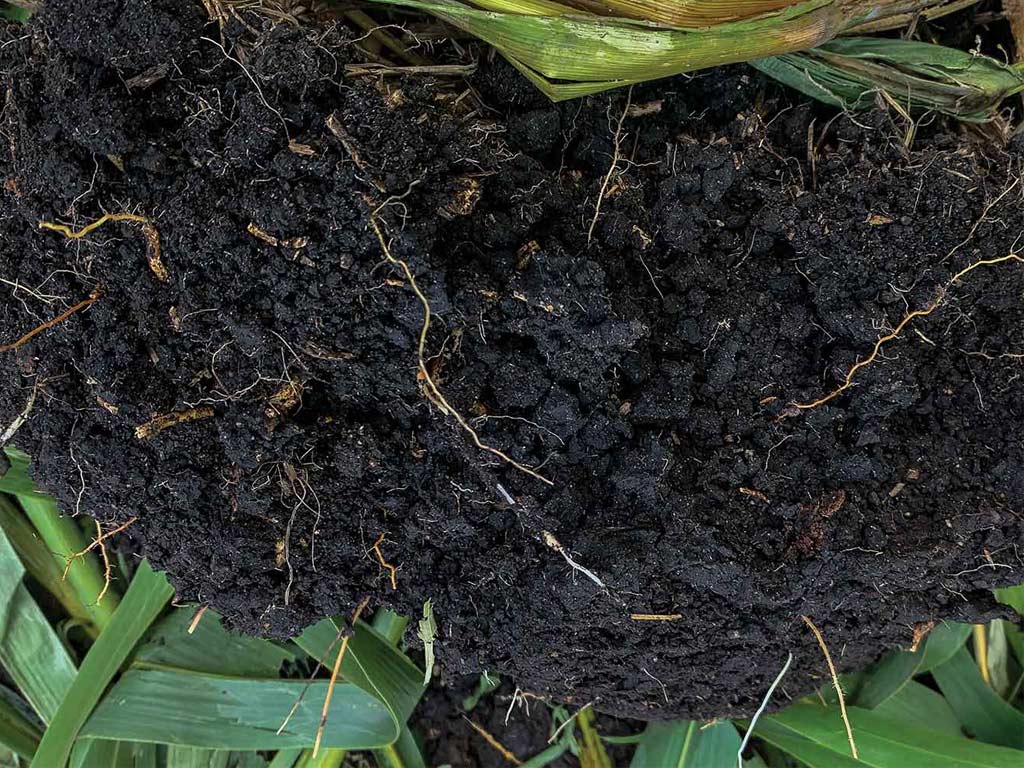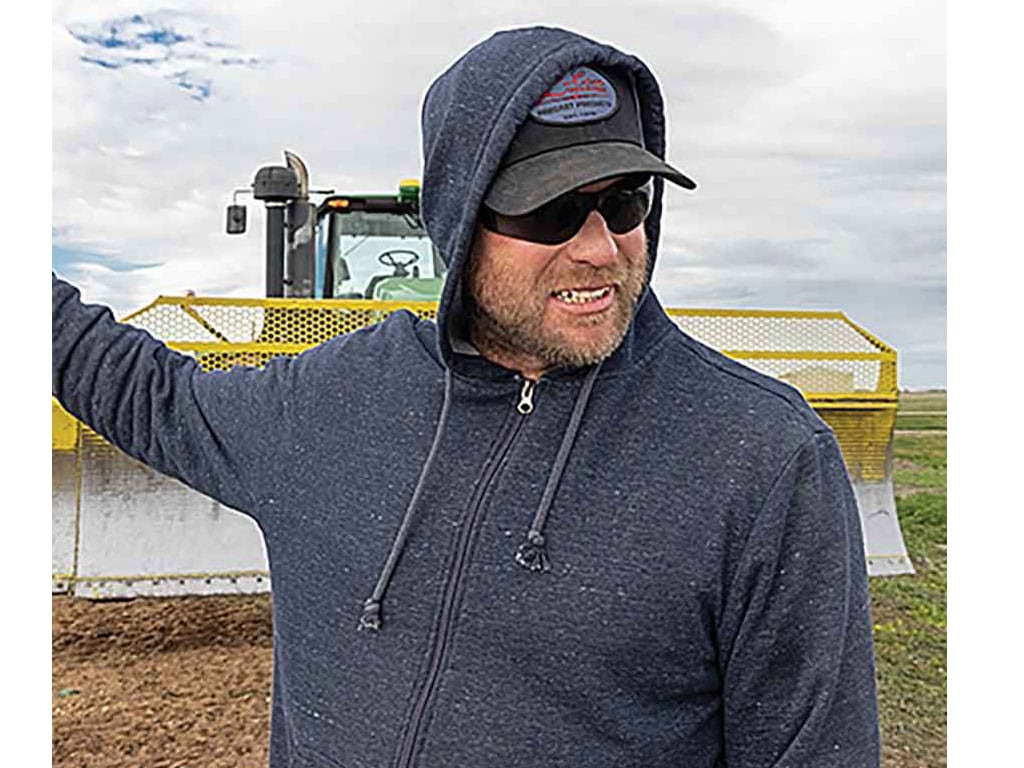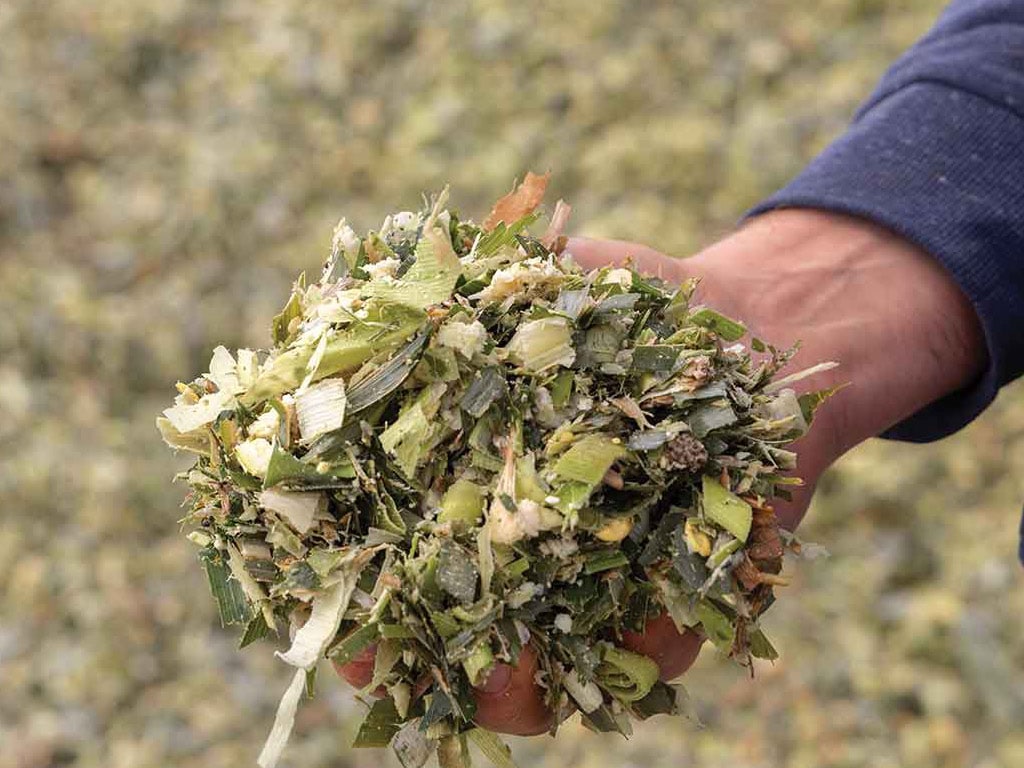Agriculture, Farm Operation June 01, 2025
Calculating Your Break-Even Point
Will corn silage make sense for your prairie beef operation?
by Lorne McClinton
Cattle producers have long known that feeding silage corn made good sense in higher rainfall regions like Ontario, Quebec, or Manitoba. But in recent years producers are trying to decide if growing silage corn is worth the cost and the risk in the dryer areas like Saskatchewan or Alberta. Colin Dammann of Stoughton, Saskatchewan, and Rob Somerville of Endiang, Alberta, have been growing and feeding it for years. They both say it's worth the upfront cost.
"I've been feeding corn for about 14 years now," Dammann says. "We've done alfalfa, barley, wheat, and triticale silage too, but returned to corn eight years ago. We get more tons per acre and better feed quality with corn. As long as we get the 12 to 13 tons per acre we're shooting for on a variable year we'll definitely be over the break-even point. Some years though we were lucky, and received adequate moisture at the right time. Those years our corn yielded 17 tons an acre."
Dammann feeds about 800 cows and backgrounds between 800 and 1000 calves over the winter. Over the years he's found that both his calves, and those they bring in, are off to a better start on a corn silage ration than they do with dry hay. However, since he also has a good sized grain operation, he's discovered there are other advantages, too.
"Silage corn gives us all the feed we need for our cattle operation without having to put down a lot of acres to grass," Dammann says. "It also really helps from a labor perspective. We hire a custom silage operator. It's a hefty bill but they're done in four or five days. It'd take a couple months to put up the same amount of dry matter hay. There's a pretty wide window for putting up corn silage compared to a cereal like barley, too. If the heat hits in July and there's no rain, barley might just have a three or four day window."
Above. Silage corn gives Dammann the feed he needs using just a fraction of the acres that he'd need to put down to grass to replace it with hay. It also saves time. A custom crew can cut all the silage he needs in just four or five days.
Rob Somerville also has a mixed cattle and grain operation. He started growing silage corn eight years ago and has been growing it every year since.
"While we're not rookies anymore it sometimes still seems like it," Somerville says. "We started growing corn because we wanted to increase our cow herd, and we weren't able to increase our land base. Hope is a powerful thing and corn, in theory at least, can produce twice the amount of feed on a given acre. While its potential is very good it hasn't always lived up to it."
Somerville agrees there are other reasons to grow corn beyond pure economics. One advantage is it diversifies their cropping risk. Corn, like rye, requires water at different times of the year than barley. It's a way to avoid putting all his eggs in one weather basket.
"Last summer [2024] was very dry," Somerville says. "The hot dry weather was very hard on our canola and barley, but the corn was loving it. Then we got lucky and had some late moisture and the corn was able to use every bit of it and pulled through."
Somerville has both the planting and the silaging of his corn done by custom operators. These are big bills, but it saves the cost of buying and operating a high-priced planter and forage harvester. It also gives him a good stand establishment. Plus since crews charge by the ton, not by the acre, if he doesn't have the yield, his custom silage costs are lower. On the flip side, if he has a good crop, it'll cost him more, but then he has more feed, too.
In the old days Somerville says he would have had to sharpen his pencil to decide if growing silage corn made sense. Now he polishes his spreadsheets to calculate whether growing it will be profitable or not.
"The answer to that question has a lot to do with the price of calves," Somerville says. "Corn is an expensive crop to grow, it's a fun crop to grow, but the economics of it are kind of whatever you want them to be. You can base the economics on tons of corn silage versus tons of oats. But the bottom line is our corn yielded more tons than oats did six out of the last eight years. That helps us reach our main long-term goal—to keep more cows to build up the herd. So, with calf prices where they are today, corn has really worked well for us." ‡
Read More

AGRICULTURE, FARM OPERATION
Calibrate Your Soils
Learn how productive your soils can be.




